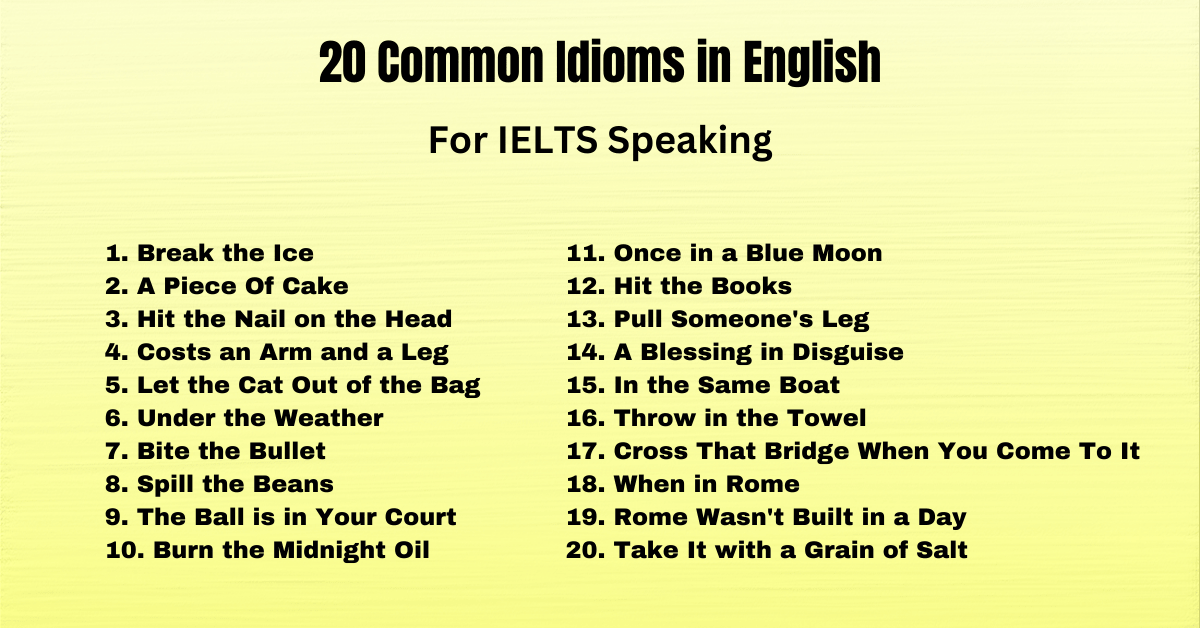Mastering English grammar and vocabulary is essential for effective communication. Whether you’re preparing for exams, aiming for career advancement, or simply looking to improve your conversational skills, having a strong command of the language is crucial. In this blog, we will explore practical strategies to enhance your grammar and vocabulary, making you a more confident and fluent English speaker.
Reading Regularly
Benefits of Reading
Reading regularly is one of the most effective ways to improve your English grammar and vocabulary. It exposes you to new words, different sentence structures, and proper grammar usage in context. This passive learning helps you internalize language rules and expand your vocabulary naturally.
Suggested Reading Materials:
- Novels and short stories
- Newspapers and magazines
- Blogs and online articles
- Academic journals and research papers
By diversifying your reading materials, you can encounter a wide range of vocabulary and grammatical structures, enhancing your language skills comprehensively.
Writing Practice
Importance of Writing
Writing is a productive skill that reinforces your understanding of grammar and vocabulary. It allows you to practice constructing sentences, using new words, and applying grammatical rules. Regular writing helps you identify and correct errors, leading to improved accuracy and fluency.
Types of Writing Exercises:
- Journaling about daily experiences
- Writing essays on various topics
- Creating short stories or poems
- Drafting emails or letters
Engaging in different types of writing exercises ensures that you practice using language in various contexts, making you a more versatile communicator.
Using a Dictionary and Thesaurus
How to Use These Tools Effectively
A dictionary helps you understand the meaning, pronunciation, and usage of words, while a thesaurus provides synonyms and antonyms, helping you expand your vocabulary. Regular use of these tools can significantly enhance your language skills.
Benefits:
- Learning precise meanings and correct usage
- Discovering new words and their contexts
- Avoiding repetition by using synonyms
Incorporate dictionary and thesaurus usage into your daily routine, such as looking up new words you encounter while reading or writing.
Learning New Words Daily
Techniques for Learning New Words
Expanding your vocabulary involves actively learning new words and their meanings. This can be done through various techniques that make the process enjoyable and effective.
Practical Tips:
- Keep a vocabulary journal to record new words
- Use flashcards to memorize words and their meanings
- Practice using new words in sentences
- Learn words in thematic groups (e.g., food, travel, business)
Setting a goal to learn a certain number of words daily can gradually build a robust vocabulary over time.
Engaging in Conversations
Benefits of Speaking Practice
Engaging in conversations is crucial for improving your spoken grammar and vocabulary. It provides real-time practice, allowing you to apply what you’ve learned and receive immediate feedback.
Conversation Strategies:
- Join English-speaking clubs or groups
- Practice with friends or language partners
- Participate in online forums and discussion groups
- Use language exchange apps to connect with native speakers
Regular conversations help you become more comfortable and fluent, enhancing your ability to use correct grammar and appropriate vocabulary in different contexts.
Watching English Media
Learning Through Movies and TV Shows
Watching English movies, TV shows, and documentaries is an enjoyable way to improve your language skills. It exposes you to various accents, slang, idiomatic expressions, and cultural contexts.
Benefits of Subtitles:
- Improve comprehension by reading along with the dialogue
- Learn pronunciation and intonation
- Pick up colloquial language and everyday expressions
Choose a mix of genres and styles to experience a wide range of language use, from formal to informal settings.
Playing Word Games
Types of Word Games
Word games are a fun and interactive way to improve your vocabulary and grammar. They challenge your language skills and encourage you to think creatively.
Popular Word Games:
- Scrabble and Boggle
- Crossword puzzles
- Word search puzzles
- Online vocabulary games (e.g., Quizlet, Duolingo)
Playing these games regularly can reinforce your learning and make the process of expanding your vocabulary more engaging.
Taking Online Courses
Benefits of Structured Learning
Online courses offer structured learning experiences with clear objectives and outcomes. They often include interactive lessons, quizzes, and assignments that reinforce your understanding of grammar and vocabulary.
Recommended Platforms:
- Coursera and edX for comprehensive courses
- Khan Academy for grammar fundamentals
- Udemy for specialized language courses
These platforms provide a variety of courses tailored to different proficiency levels, helping you find the right program to meet your learning goals.
Joining a Language Exchange Group
Benefits of Language Exchange
Language exchange groups provide a platform for practicing English with native speakers while helping them learn your language. This mutual exchange enhances your conversational skills and cultural understanding.
How to Find a Group:
- Use language exchange websites (e.g., Tandem, HelloTalk)
- Join local language meetups or clubs
- Participate in online forums and social media groups
Language exchange not only improves your speaking skills but also fosters a sense of community and motivation to learn.
Utilizing Mobile Apps
Top Apps for Learning Grammar and Vocabulary
Mobile apps offer convenient and accessible ways to practice English on the go. They provide interactive lessons, quizzes, and exercises designed to improve your grammar and vocabulary.
Features to Look For:
- Comprehensive grammar exercises
- Vocabulary building tools
- Pronunciation guides
- Interactive quizzes and games
Recommended Apps:
- Duolingo for gamified learning
- Memrise for vocabulary building
- Grammarly for grammar correction
- Anki for spaced repetition flashcards
Using these apps regularly can complement your learning routine and provide continuous practice.
Conclusion
Improving your English grammar and vocabulary requires consistent practice and exposure to the language. Engaging in activities such as reading, writing, speaking, and using language learning tools can significantly enhance your proficiency.
Engvarta is an excellent platform that can support your learning journey by providing one-on-one practice sessions with live English experts. This personalized approach helps you gain confidence, receive constructive feedback, and refine your language skills in real time. With Engvarta, you can practice grammar and vocabulary in a supportive environment, making you a more fluent and effective English speaker.
All The Best!!






